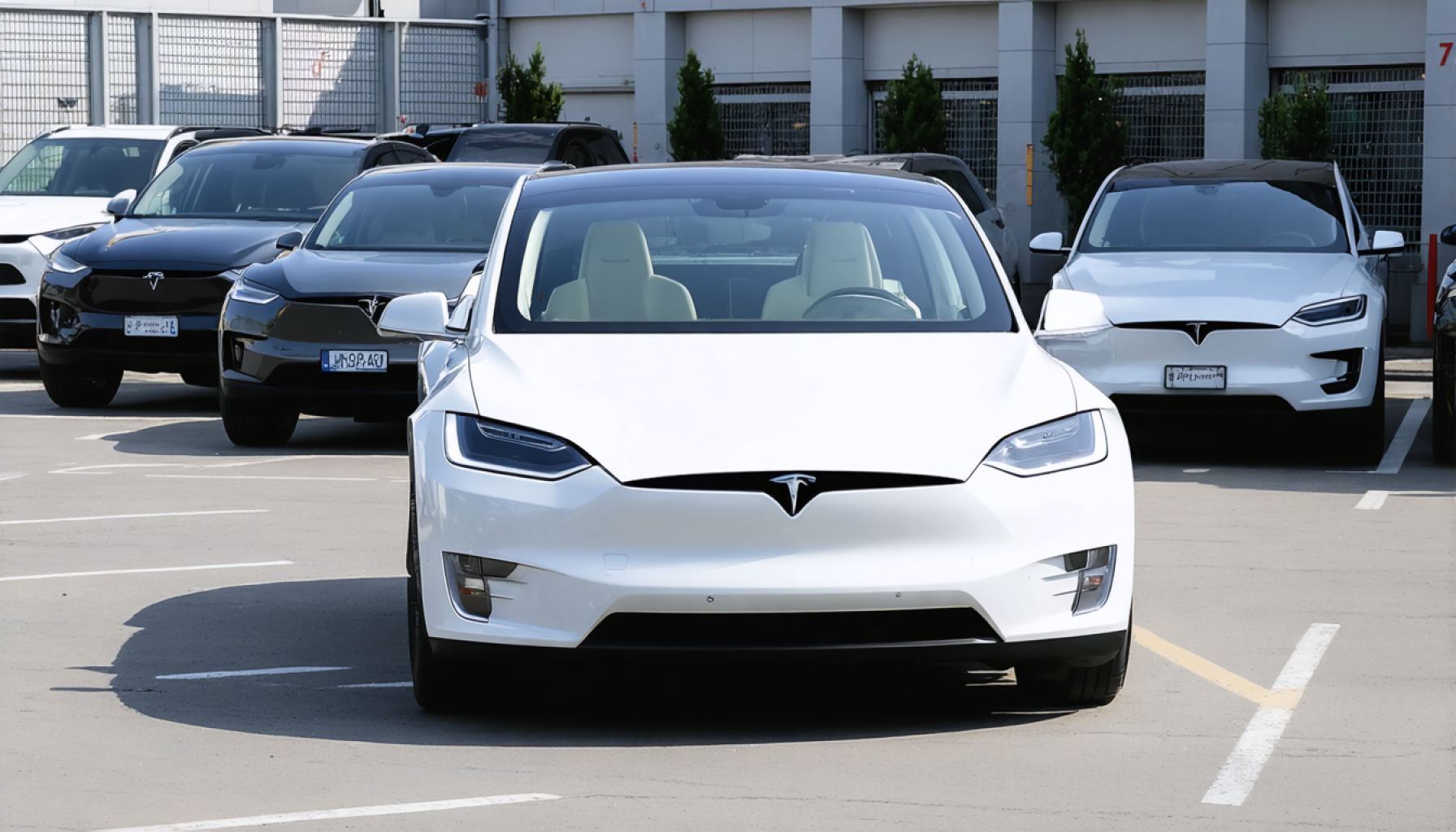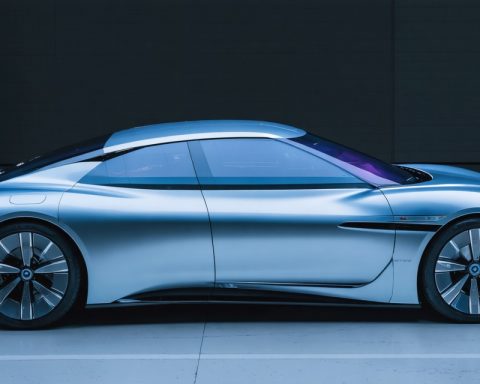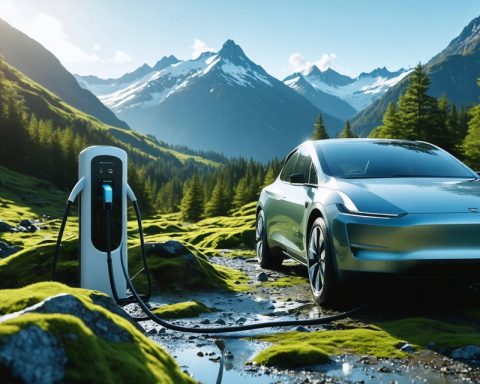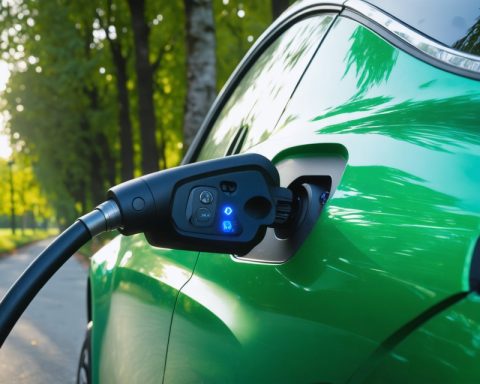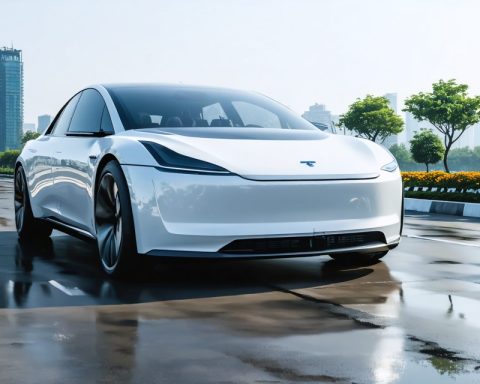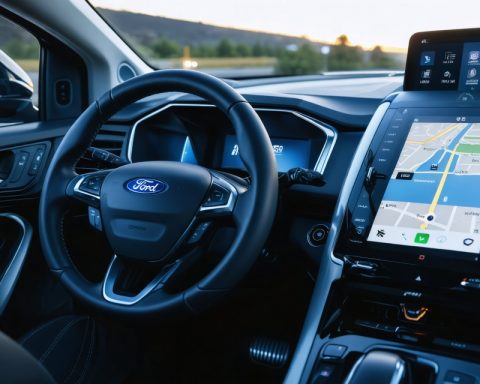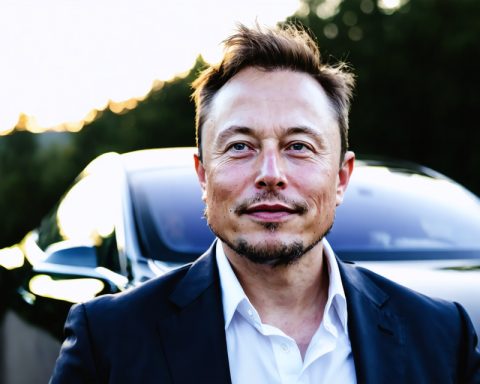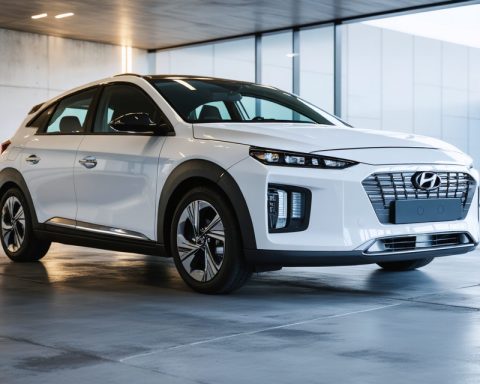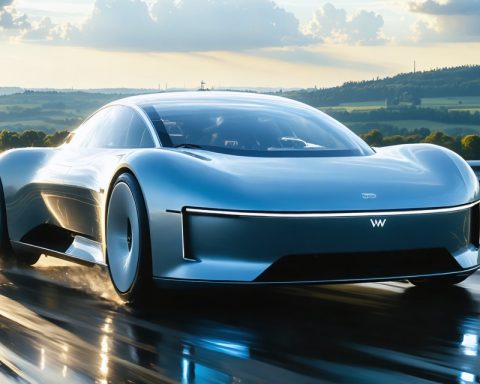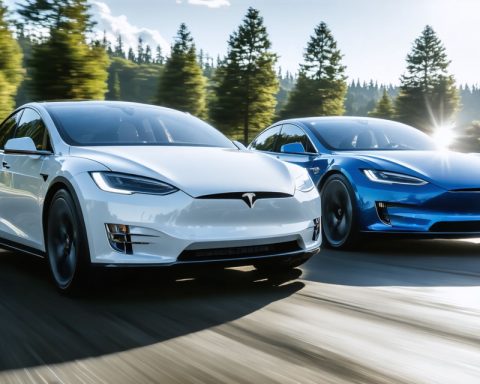- Yale Dong’s experience with Tesla’s Full Self-Driving (FSD) in Shanghai was disappointing, highlighting its difficulty in navigating complex urban environments.
- Xpeng’s P7, with its efficient Navigation Guided Pilot (X NGP), handled Chinese roads with ease, showcasing superior local adaptation.
- Tesla faces stiff competition from emerging Chinese EV manufacturers like Xpeng and BYD, offering innovative features and competitive pricing.
- Chinese brands integrate local intelligence and fast-charging technology into their vehicles, enhancing consumer appeal.
- Tesla needs to recalibrate its technology to align with Chinese driving conditions and consumer expectations to maintain competitiveness.
- The Chinese EV market demands more than advanced technology; it requires a nuanced understanding of local needs and preferences.
- Local brands are setting the pace in autonomous driving innovation, challenging Tesla to adapt or risk being outpaced.
Yale Dong’s recent encounter with Tesla’s Full Self-Driving (FSD) technology could be summed up with a single word: disappointing. Navigating Shanghai’s bustling streets in a Model 3, the much-lauded FSD feature, which had promised a seamless driving experience, faltered. The vehicle failed to consistently read lane markings and traffic signals, leaving Dong less than impressed. The Model 3 struggled like a tourist lost amidst the intricate web of China’s urban roads.
In stark contrast, Xpeng’s P7 navigates with a poise that has won over local drivers. Dong, who also owns an Xpeng P7, noted how its Navigation Guided Pilot (X NGP) handled the roads with a fluency akin to a native driver, attributing this deftness to the P7’s superior technology. The experience left Dong nervous, highlighting a crucial gap in Tesla’s offerings: while the hardware may be American, its software faces a learning curve in China.
Tesla, once the darling of China’s electric vehicle market, now finds its crown slipping. Despite producing its first China-made Model Y over four years ago, Tesla is grappling with formidable competitors. Chinese manufacturers, led by giants like BYD and nimble innovators such as Xpeng, craft vehicles that boast cutting-edge features. From BYD Lingyuan’s rooftop drone to Huawei’s gesture-sensing doors, these brands are not just manufacturing cars but creating captivating experiences.
Moreover, fast-charging batteries and strategic pricing ensure that Chinese brands undercut Tesla, providing high value at lower costs. As the world’s largest and most competitive vehicle market, China presents a complex battlefield that Tesla must navigate. Here, it’s not just about sleek design or range; it’s about integrating local intelligence into the driving experience.
The takeaway? Tesla must recalibrate its technology to embrace the nuances of Chinese streets and consumer expectations. As autonomous driving becomes the pulse of EV innovation, local brands are not just catching up but setting the pace, with industry leaders like Wang Chuangfu of BYD even reversing previous stands against self-driving technology. He now champions its installation across numerous models, underscoring a pivotal shift.
For Tesla, the road ahead in China demands more than just technology – it requires understanding. As Chinese brands continue to innovate, Tesla must decide whether to adapt or risk being lapped by local ingenuity. The challenge is clear: To regain its footing, Tesla must learn to speak China’s automotive language fluently.
Why Tesla’s Struggles in China Highlight the Need for Local Adaptation in the EV Market
Understanding the Current Landscape
Yale Dong’s experiences navigating Shanghai’s bustling streets with Tesla’s Full Self-Driving (FSD) technology versus Xpeng’s P7 highlights a growing concern in the rapidly evolving electric vehicle (EV) market. Tesla, once the leader in China’s EV sector, is now facing stiff competition from local brands that have leveraged cutting-edge technology tailored to local consumer needs.
Real-World Use Cases and Market Trends
1. Local Adaptation in Technology: Tesla’s FSD struggled to interpret Chinese road specifics, such as lane markings and traffic signals, effectively. In contrast, Xpeng’s Navigation Guided Pilot (X NGP) excelled, demonstrating the importance of incorporating local data and driving behaviors into autonomous systems.
2. Strategic Pricing and Features: Chinese brands such as Xpeng and BYD are strategically priced and offer features like fast-charging batteries and innovative technologies (e.g., BYD’s rooftop drone and Huawei’s gesture-sensing doors) that appeal to cost-conscious and tech-savvy consumers.
3. Competitive Edge and Innovation: Chinese brands are rapidly innovating and integrating autonomous driving technologies, which are becoming vital components of successful EVs. High-profile figures like Wang Chuangfu of BYD have shifted to support self-driving technology, pushing the industry forward.
Key Pressing Questions
– Why is Tesla Struggling in China? Tesla’s software seems to have a learning curve in understanding the unique driving conditions and road designs present in China, unlike its local counterparts.
– How are Chinese EV Makers Capturing Market Share? By focusing on local consumer needs, offering unique technologies at competitive prices, and integrating fast-charging capabilities, Chinese manufacturers are rapidly expanding their market presence.
Insights and Predictions
– Embracing Local Knowledge: Tesla must refine its technology to integrate local insights and consumer preferences better. This shift will be crucial if they wish to regain market leadership in China.
– Focus on Software Localization: Improving FSD technology to handle regional road nuances will be vital for Tesla’s success. Collaborations with local tech firms could enhance this adaptation process.
Actionable Recommendations
– Diversify Feature Offerings: Tesla should explore offering additional localized vehicle features that resonate with Chinese consumers.
– Foster Partnerships: Establishing partnerships with local technology developers and firms could enhance Tesla’s understanding of the market and improve software capabilities.
– Emphasize Customer Feedback: Regularly incorporating consumer feedback from the Chinese market into updates could help Tesla in rapidly adapting FSD technology to local requirements.
Quick Tips for Tesla
– Accelerate the localization of software capabilities.
– Consider market dynamics and trends in pricing strategies.
– Explore incorporating unique, innovative features to differentiate in the Chinese market.
For more insights into the automotive industry and future developments, visit Tesla and Xpeng.
